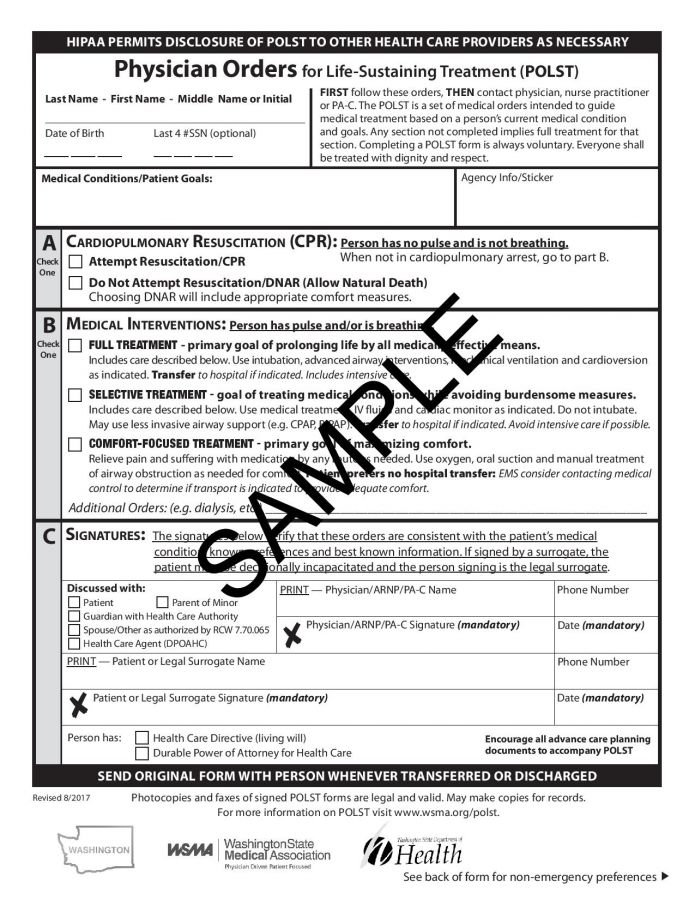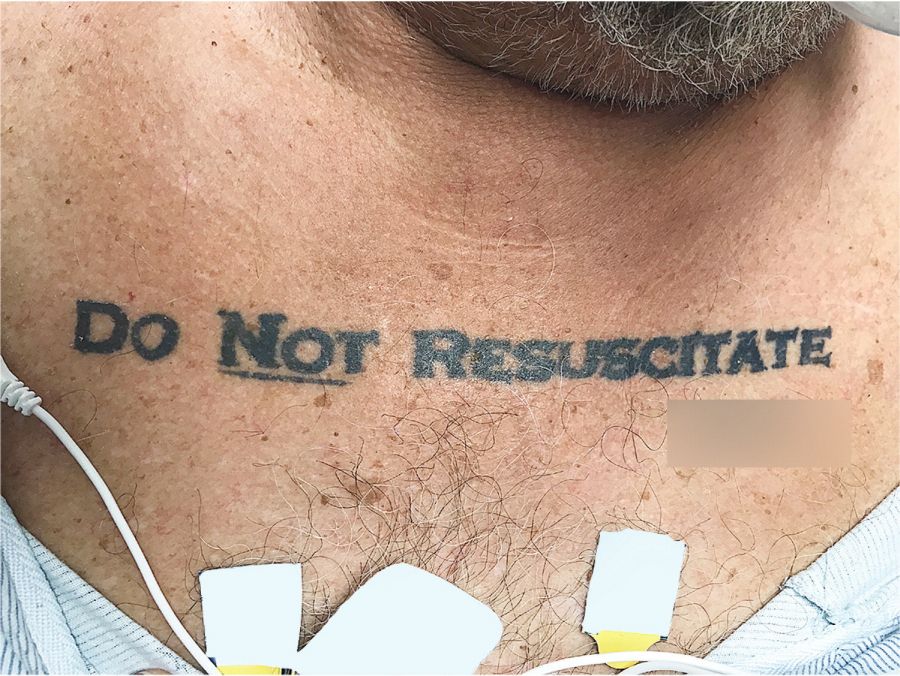"Do Not Resuscitate" orders and bystander CPR: Can you get in trouble?
 A common question that comes up in our CPR classes concerns a hypothetical situation in which a bystander performs CPR on a victim who has a DNR (Do Not Resuscitate). In this post we’ll discuss what DNRs are, who has them, and what (if any) concerns a non-medical professional may have about them. Disclaimer: Nothing in this article is intended to give legal advice nor should be taken as legal advice.
A common question that comes up in our CPR classes concerns a hypothetical situation in which a bystander performs CPR on a victim who has a DNR (Do Not Resuscitate). In this post we’ll discuss what DNRs are, who has them, and what (if any) concerns a non-medical professional may have about them. Disclaimer: Nothing in this article is intended to give legal advice nor should be taken as legal advice.
Generally speaking, a DNR (also referred to as an “allow natural death” or a “no code”) is a legal order indicating that a person does not want to receive cardiopulmonary resuscitation (CPR). In some cases, it also prevents other medical interventions. The processes and status of DNR varies from state to state, but in most cases, a DNR is issued by the patient’s physician regarding the patient’s expressed wishes.
Other documents, such as living wills and advanced directives, are written by individuals to state their personal preferences for care, in the event they are unable to speak for themselves. In some cases, at the direction of the patient’s legal agent, a physician or hospital staff may write a DNR based upon a living will or advanced directive. But the living will or advanced directive is not usually sufficient in and of itself to direct treatment options, as they are not legally binding for physicians.
Washington State has adopted the POLST form (Physician Orders for Life Sustaining Treatment) which goes beyond a simple DNR, includes other treatment options, and can be transferred from one health care setting into another. The primary difference between and POLST and DNR is that a POLST covers a variety of end-of-life treatments, such as intubation, advanced airways, and mechanical ventilation. They offer more flexibility and variation for context.
Indications that a person has a DNR
A DNR or POLST form will often be posted near the patient’s front door or on the refrigerator, wherever it is prominent. In addition to the form, medical ID bracelets,  necklaces or wallet cards from approved suppliers aid in the identification of DNR patients in non-hospital or in-home locations.
necklaces or wallet cards from approved suppliers aid in the identification of DNR patients in non-hospital or in-home locations.
DNR tattoos are increasingly used (usually located on the chest) to replace other forms of DNR as jewelry can be removed or forgotten and wallet cards can be lost. As state laws vary regarding what establishes a valid DNR, these can often cause confusion for healthcare providers. Not least importantly, DNR/POLST orders can be revised or rescinded by an individual, but the tattoo would likely not be removed in such cases. In some cases, some people have even gotten DNR tattoos on a dare or bet while under the influence of drugs or alcohol.
So what should a bystander do if they are not a healthcare provider?
The main concern most people have in this context is – can I get in any legal trouble if I perform CPR on a person with a DNR/POLST?
If you are not a healthcare provider operating in a professional capacity, then the answer is a definitive no. Good Samaritan Laws apply in most cases to protect bystanders from legal liability. Also, taking time to search for a posted DNR/POLST form or identification will waste valuable seconds when CPR is required. Even if the presence of a DNR tattoo is discovered, it’s safe to go ahead and begin the steps of CPR, including the use of an AED.
Treating sudden cardiac arrest requires quick action by giving CPR as soon as possible. Spending time searching a victim for DNR information wastes precious minutes. You generally can’t be prosecuted for giving lifesaving CPR anyway. Be sure to practice good faith and common sense if you ever end up in a situation where someone might need CPR.
Important note: DNRs do NOT apply to choking victims, or to the administration of epinephrine for severe allergic reactions.
Does this apply to medical professionals?
Medical professionals who give CPR to people with a DNR order can potentially get into trouble—if they are aware of the DNR. The legal ramifications of giving CPR to someone with a DNR are complex. In some states, DNR orders are only valid within a hospital setting; outside of that, they don’t apply. This means that an EMS team or provider can legally administer CPR to a victim even if they have a DNR. In other states, EMS personnel are allowed to honor DNR orders when responding to emergency calls in the victim’s residence.
Summary
The main point is this: as a bystander, i.e. a non-medical professional, you cannot get into any legal trouble for giving CPR to a person with a DNR, and should always give CPR as soon as possible to all victims of sudden cardiac arrest. That said, if someone you know has a DNR order, we suggest consulting with the issuing physician or medical professional for applicable legal advice.
Enjoy our blog? follow us on Facebook.
Published on December 17, 2019
